True Potato Seeds (TPS), Muru, 100 seeds
$8.50
In stock
| True potato seed information and growing instructions |
Muru is a modern tetraploid variety, introduced in 1987 from a cooperative breeding program between the International Potato Center and the National Agrarian University La Molina. It was produced from a cross of a numbered breeding line (XY14.7) and Renacimiento. It is a bicolor potato with blue skin with white spectacles. Muru was a popular variety in South America due to its resistance to multiple diseases, including late blight, but it no longer has comprehensive resistance. The name ‘Muru’ is the Quechua word for seed.
Culinary Traits
Muru has excellent flavor and a moist, creamy texture. The skin is thick and rather chewy. Muru is a good choice for use as a salad potato and also makes an excellent roasted potato.
Agronomic Traits
Plants are large with a late maturity. The stolons can grow pretty long, reaching around 16 inches. Grown to full maturity, which won’t happen any sooner than late November in most of North America, per plant yields often exceed five pounds. Tubers frequently reach eight inches, but the average tuber size is smaller. Muru produces a wide distribution of tuber sizes, with as many small potatoes as large. One of the downsides of this variety is that volunteers can be hard to control due to the large number of smaller tubers. This is a good variety for dry farming in milder parts of the Pacific Northwest, where it will wait until the cooler, wetter fall weather to put on tuber growth. It has reasonably good resistance to late blight (probably only older strains) and Potato Virus Y. The flowering period lasts at least two months and this variety sets berries well. It is self fertile and produces abundant pollen.
Fertility: MF8, FF9
True Seed (TPS)
Muru TPS is open pollinated and, because it is self-fertile, much of the TPS will be self-pollinated. I also pollinated heavily with bulk pollen and its nearest neighbors in 2023 were Red-Eyed Bull and Maco Reina. Selfed seed will produce varieties largely similar to the parent, mostly late varieties with blue and white bicolor tubers. Crossed seed will likely produce reds, red and white bicolors, and some blues. There is a possibility of red or blue flesh as well.
Germination
2024
| Final germination | |
| Days to first germination | 14 |
| Days to final germination/2 | |
| Days to final germination |
2023
| Final germination | 82% |
| Days to first germination | 11 |
| Days to final germination/2 | 16 |
| Days to final germination | 19 |
Only logged in customers who have purchased this product may leave a review.
Related products
True Potato Seeds (TPS)
True Potato Seeds (TPS)
True Potato Seeds (TPS)
True Potato Seeds (TPS)
True Potato Seeds (TPS)
True Potato Seeds (TPS)
True Potato Seeds (TPS)
Mixed True Potato Seeds (TPS), Diploid, Low Dormancy, 100 seeds
True Potato Seeds (TPS)

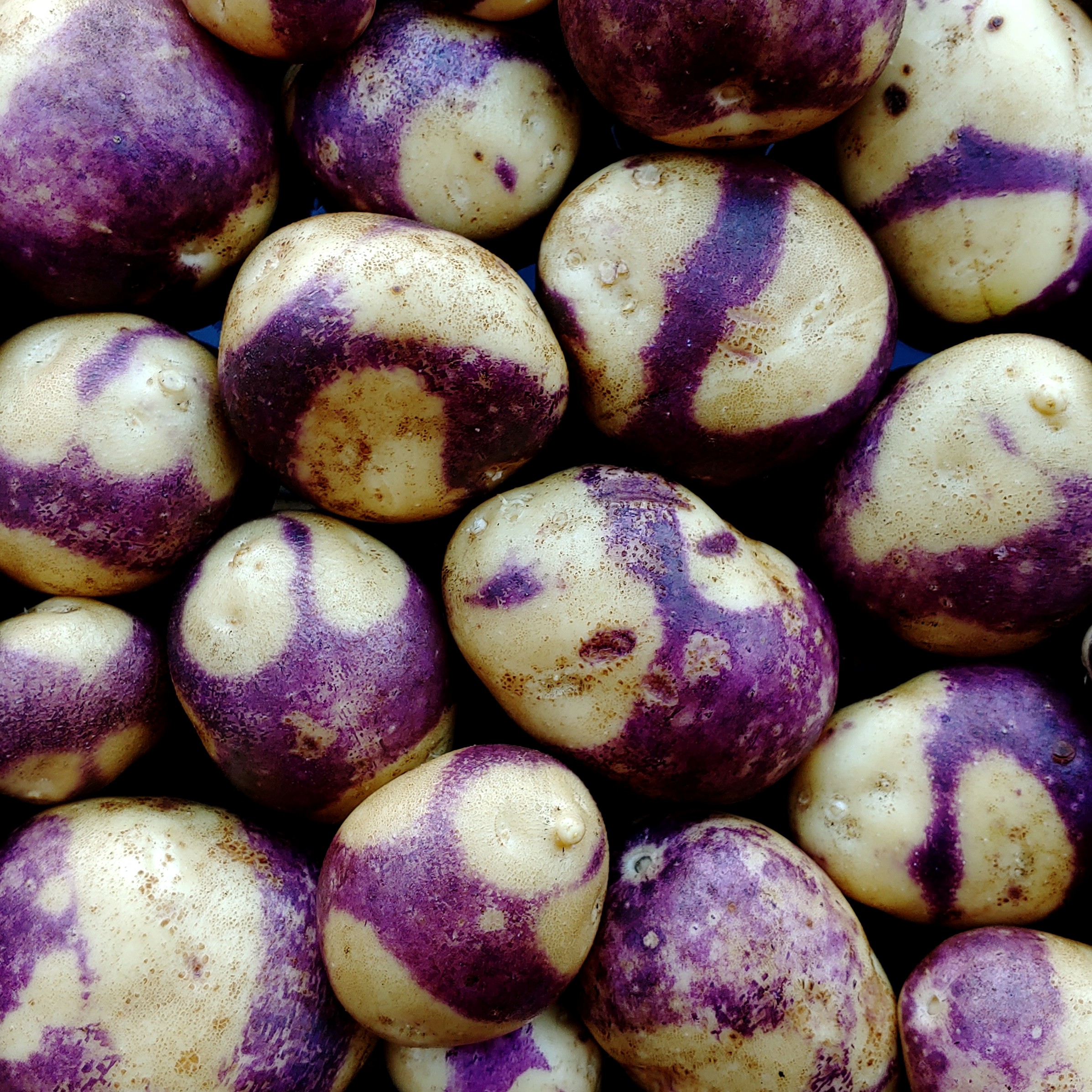
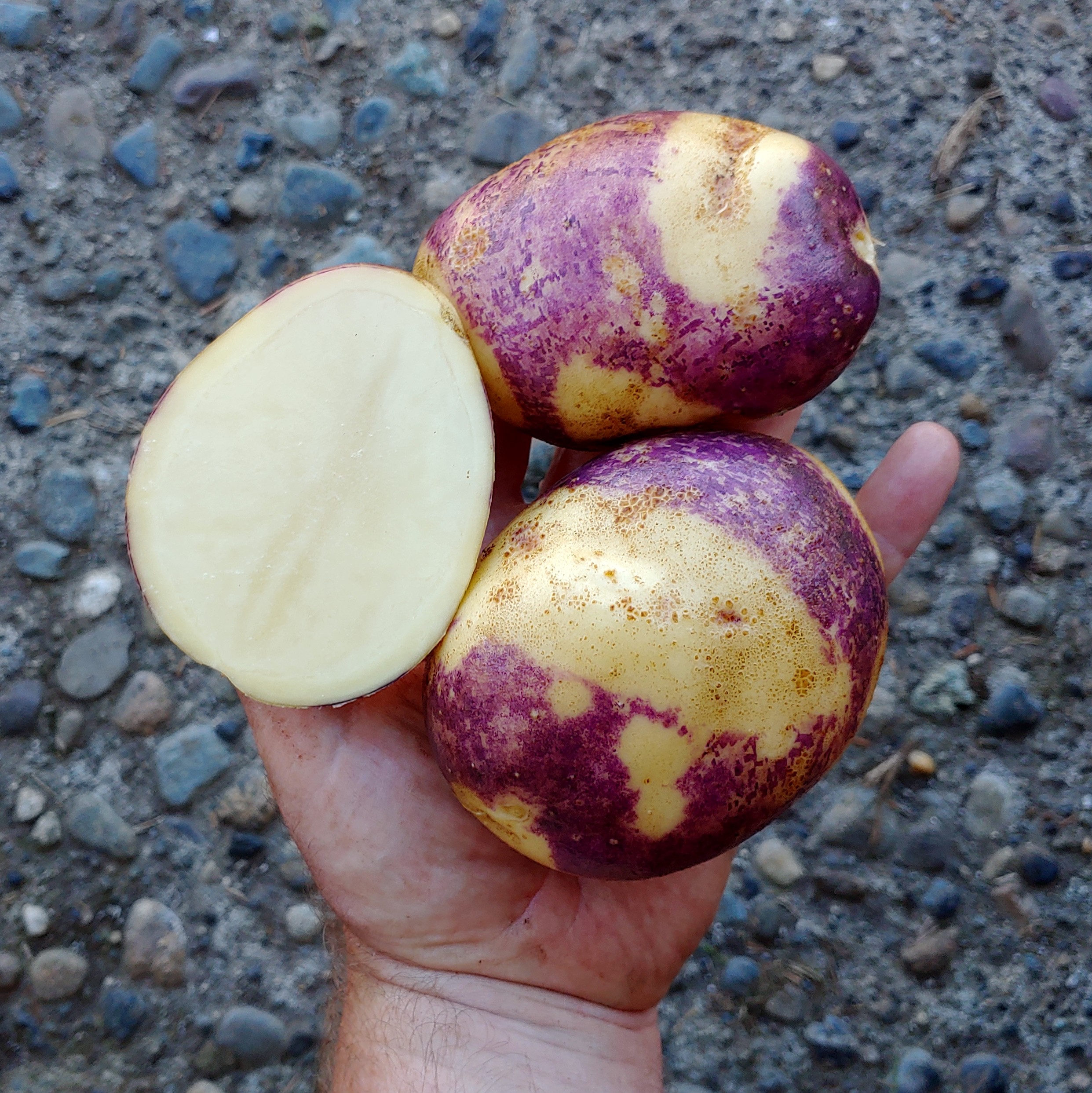

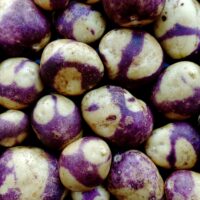
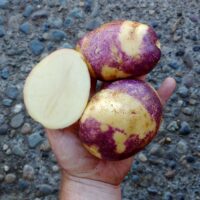
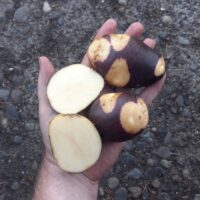
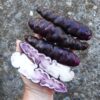
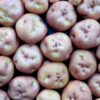
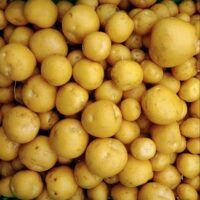
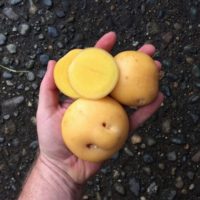
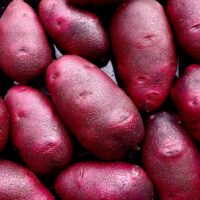

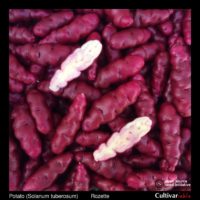
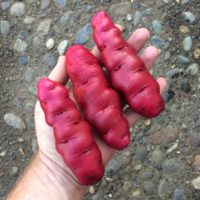
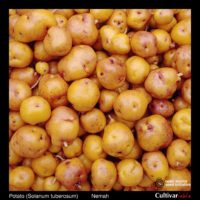
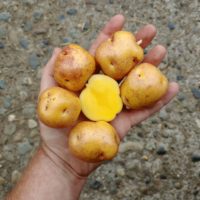

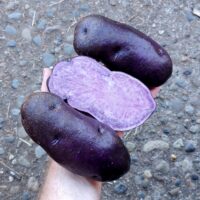
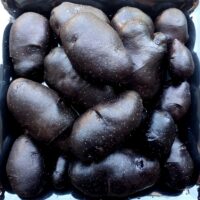
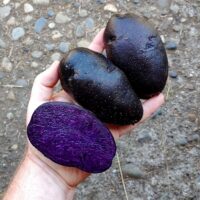
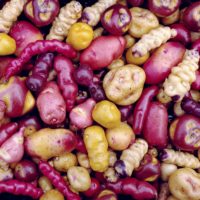

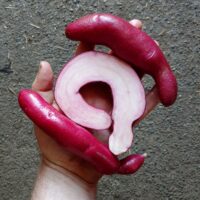
Reviews
There are no reviews yet.